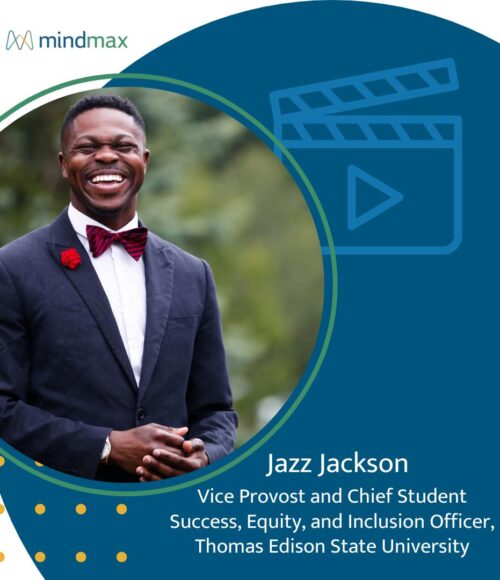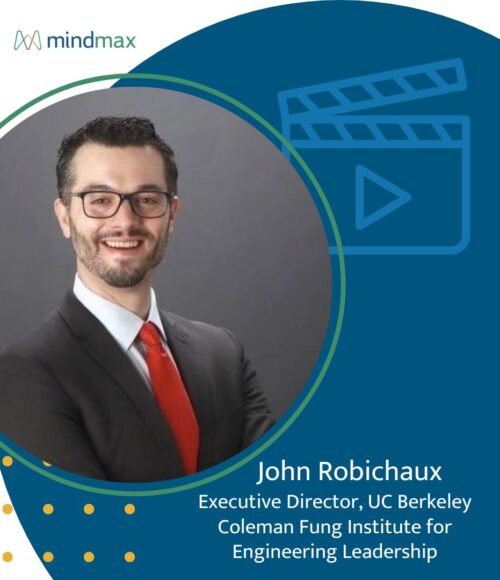The Increasing Complexity of Leading in Higher Education
The Increasing Complexity of Leading in Higher Education
Unconscious bias. Access to education. Systemic racism. Economic inequity. Social distancing. Pandemic preparation.
Our country desperately needs leadership around these issues, which have been simultaneously thrust onto the national stage. We need to know how to address these concerns openly and honestly, and how to drive solutions that create lasting change.
It’s a moment when colleges and universities can step up and take the lead–if they’re willing to take the risks that come with taking decisive, committed action.
Higher education is the perfect foil for the crises facing our nation right now. Its institutions are driven by the noblest objectives: expanding knowledge, seeking truth, bettering self and society.
Colleges have also been historically safe spaces for exploring difficult ideas, trying on new perspectives, and examining and dismantling long-held beliefs. By leveraging the privileged physical (and now virtual) spaces they occupy, schools can–and should–lead the way in providing safe places for discourse and discovery.
But before we can create institutional change, we have to understand change at the individual level. Corporations and organizations, no matter how autonomous they seem to be, do not have their own thoughts and beliefs. They reflect the voices–one, a few, or many–of the individuals who belong to them.
During the pandemic, I’ve continually come back to the phrase “Think globally, act locally.” The physical world we each participate in has gotten smaller, as small as a neighborhood or even just a residence.
When we think about shifting hearts and minds, acting locally is a logical starting point. There’s already a connection, a commonality that sets the tone for “we are more alike than we are different.”
I offer up a few techniques I’ve found effective for communicating and connecting, especially during times of conflict. When approached with honesty and humility, these simple practices can be transformative.
Think & Listen: Two people engage in conversation. One speaks for 5 minutes; the other listens without responding (no speaking, head nods, eye rolls, etc.). Then you change places. Giving someone 5 minutes of your attention is an incredible gift to them. Without the ability to interrupt, rebuttals fade away, leaving a space to fully take in the other person’s words.
Side by Side: Sit on a park bench, or pull two chairs so they are side by side rather than across from one another. Before the conversation begins, you’ve established that you’re both on the same team. You’re looking at the same view, literally sharing the same perspective on the physical world. That commonality reduces conflict and allows for a more productive discussion.
Tai Chi. The Chinese martial art of tai chi is often used today for stress reduction and gentle exercise. But it’s based on the idea that energy, or force, is allowed to move in the direction it naturally moves in. You can make small adjustments to steer it in a safe or useful way, but you never meet force with force. These principles (and those of similar practices in both eastern and western cultures) present a different approach to conflict resolution.
Take a Walk. Going for a walk together can relax your brain, improve your creativity, and help you feel more bonded to the person by your side. The physical motion and constantly changing scenery seems to reduce the focus on the things that keep us apart. Meanwhile, keeping pace with one another requires tuning in to the other person’s needs–and working to meet them.
The time spent in these spaces of deep connection and exploration can fundamentally change a relationship. I can think of several people who I didn’t care for when I first met them. After shared experiences brought us together, I found sincere love and compassion for them. I now call some of those individuals close friends.
If schools are willing to provide the space and structure for these types of techniques–not group conversations, but one-on-one engagements, we might discover the vast commonalities we all share. Not every experience will result in a lifelong friendship, but the sum total would be more compassion and more humanity in the world. We can take that safe space beyond the lecture hall, into our neighborhoods, and onto our streets.
For years, we’ve used the word tolerance when we talk about how to respect different beliefs and ideas. I think we need a higher standard: not tolerance, but celebration of all that makes us different and diverse. If we have a shared understanding of what unites us, we can honor our differences without feeling divided, threatened, or insecure. And by honoring one another, we create vibrant, thriving communities. Act locally, create change globally.
Related Ideas
Jazz Jackson Wants to Help Every Student Finish What They Start

John Robichaux Wants Lifelong Learning to Drive Public Impact
